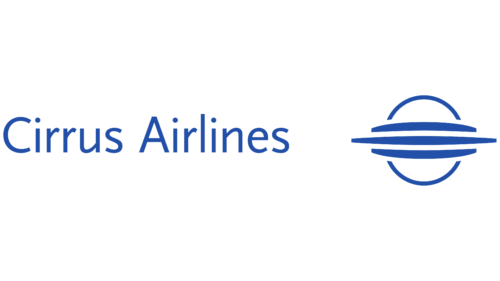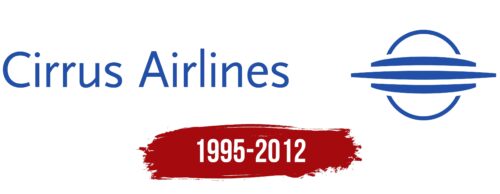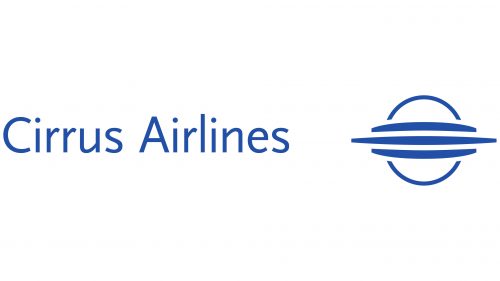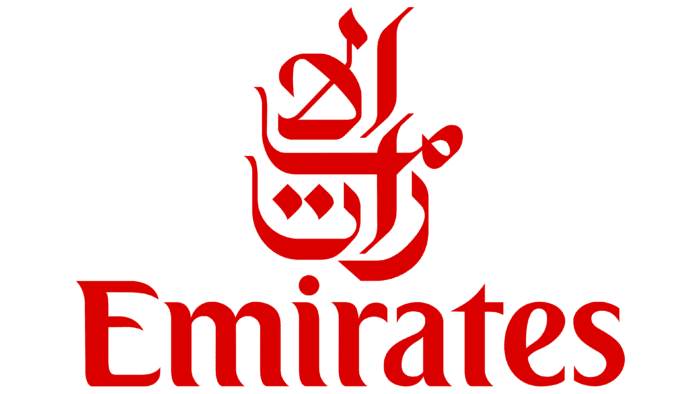Cirrus Airlines: Brand overview
Cirrus Airlines, a regional airline based in Germany, was founded in February 1995. Its initial operations were based on a few turboprop aircraft offering charter and wet lease flights.
In the early 2000s, Cirrus refocused on scheduled regional flights, mainly for major carriers such as Lufthansa. The airline’s operations covered various hubs in Frankfurt, Munich, and Düsseldorf, with flights mainly to secondary European cities. During this period, the airline’s fleet expanded with more regional aircraft.
Throughout its existence, Cirrus operated under codeshare agreements with several carriers, including Lufthansa, Austrian Airlines, and Swiss International. By the mid-2000s, the airline had reached its zenith with approximately 15 aircraft and more than 200 daily flights through wet leasing and codesharing.
However, rising costs and increased competition presented Cirrus with the daunting task of maintaining profitability as an independent regional airline. By 2012, these challenges translated into significant losses, leading Cirrus Airlines to cease operations after 17 years of operation.
At the time of its closure, the airline’s fleet consisted of Saab 2000 and Embraer regional jets operated by codeshare partners. Although Cirrus Airlines aspired to become Germany’s leading independent regional airline, harsh economic realities and the intricacies of partnerships ultimately led to its demise.
Meaning and History
What is Cirrus Airlines?
It is a small German regional airline based in Saarbrücken, offering regular passenger services to various destinations within Germany and neighboring European countries. The company operates a fleet of turboprop aircraft, such as the Dornier 328 and Embraer EMB 120 Brasilia, optimized for efficient service on short and regional routes.
1995 – 2012
The German airline, which ceased operations in 2012, was known for its logo with three horizontal stripes between two semi-circles. The semi-circle symbolizes the Earth, while the lines represent the footprint of an airplane that has circled the planet many times. On the left is the brand name: the phrase “CIRRUS AIRLINES” written in thin capital letters without serifs. The font is very similar to TipoType’s Arazati Clara Condensada Regular. The blue color of the emblem is associated with the sky.
The choice of thin capital letters for the brand name conveys a sense of modernity and professionalism. The horizontal stripes and semicircles are also interpreted as an abstract representation of the airline’s global reach and constant movement. Blue is associated with the sky and symbolizes trust and reliability – qualities that are highly valued in the aviation industry.





